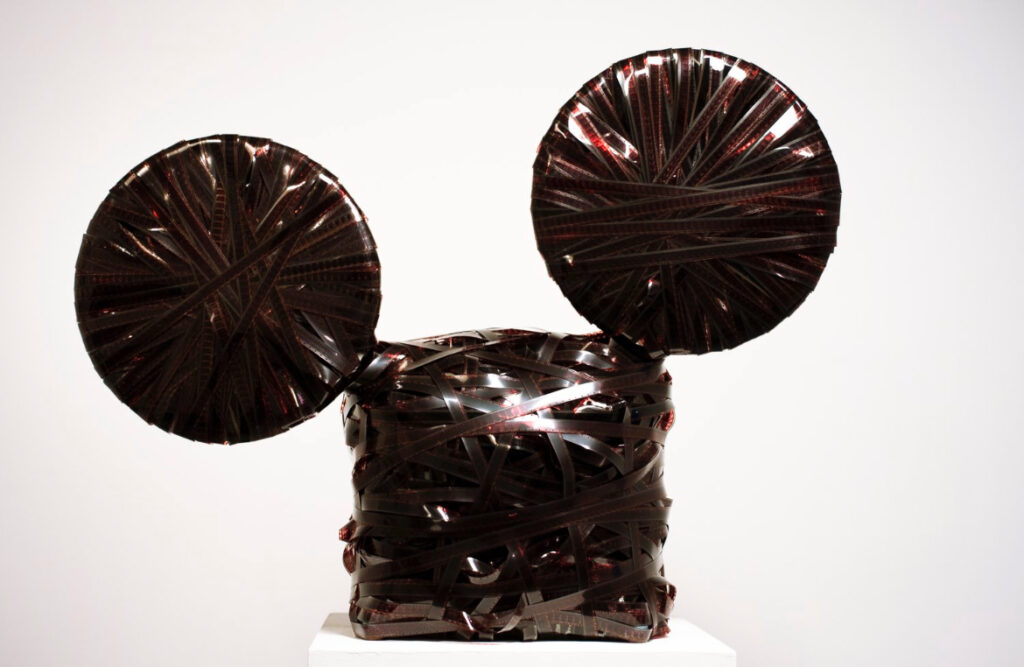I recently had the opportunity to delve into the captivating world of Sandra Gibson and Luis Recoder’s art during their “Public Artist Talk”. Since 2000, this artist duo has pushed the boundaries of cinematic art, transforming film into a physical and immersive experience through their innovative installations and projection performances. What’s particularly striking is their use of pre-existing, often re-recorded film, which they manipulate and project in ways that focus on the materiality of film itself, rather than the narrative on screen. Their innovative approach to cinematic art has led me to discover the transformative power of film as a physical and immersive experience.


Light Spill, 2005
One of the most striking examples discussed during the session was their Studio Obscura installation, which initially stood in Madison Square Park before being relocated to Brooklyn Bridge Park in fall of 2013. In this work, Gibson + Recoder created a large-scale camera obscura, a lens-less structure that used natural light to project soft-focus images of the surrounding environment. This created an abstract, dreamlike experience where light and space took precedence over narrative.

In addition to their camera obscura work, the duo is known for re-imagining the role of projectors in their performances. One playful and memorable example discussed was their use of film to wrap projectors into shapes like Mickey Mouse. This unconventional use of projectors transforms them from mere tools of projection into sculptural objects, highlighting the physicality of film as a medium.

Threadbare, 2013
The impact of experiencing their installations is truly remarkable, as they’re known for playing with the limits of traditional cinema, reminding us of film’s original connection to light, shadow, and physicality. Their work also draws connections to the analog world, where tactile and tangible interactions with media play a crucial role. In an age where digital technology often dominates, their installations create a real physical connection with the audience, bringing back a sense of engagement that modern screens often lack. Through their installations, Gibson + Recoder invite viewers to contemplate film as more than just a visual medium—it’s also a material one, intertwined with the environment and the viewer’s own physical presence.
Their installations have been featured in prestigious spaces such as the Whitney Museum of American Art, the Memorial Art Gallery, and internationally at locations like the Museum Kunstpalast in Düsseldorf. They’ve also received several awards, including commissions from the Rockefeller Foundation and the National Endowment for the Arts. I found it particularly fascinating how their works interact with natural elements like daylight and weather, making each viewing experience distinct depending on the time of day and environmental conditions. This element of change, combined with their analog approach, positions their work as a commentary on both the permanence and ephemerality of cinema, adding layers of depth and meaning to their already impactful installations.